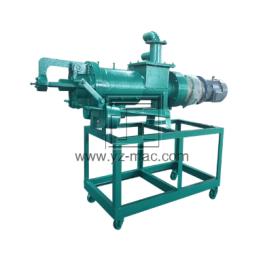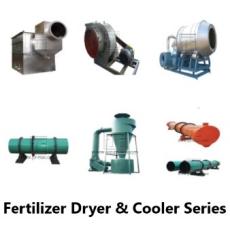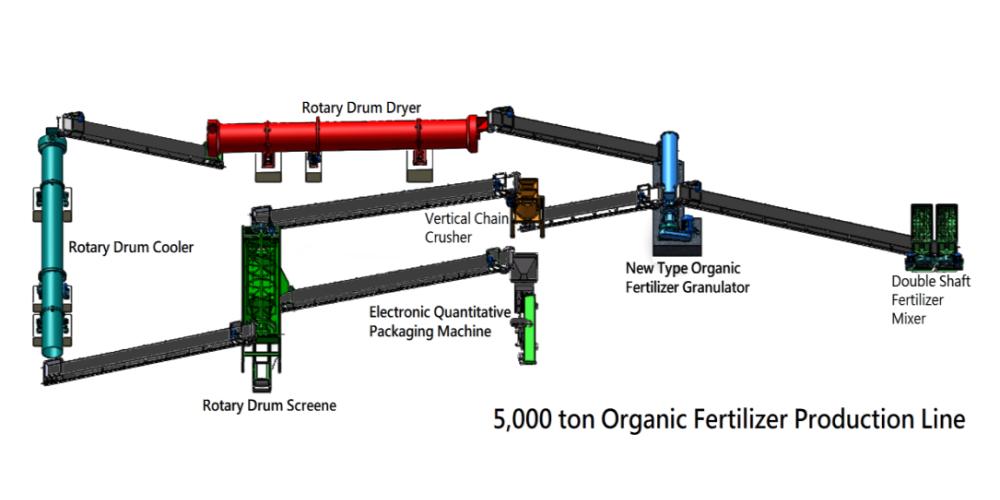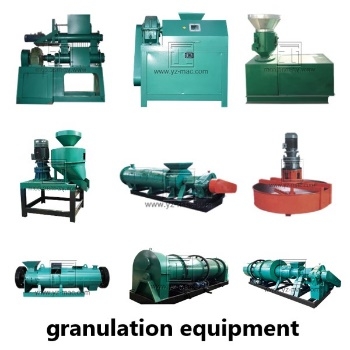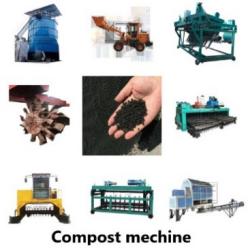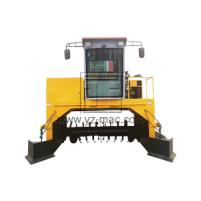Solid-liquid separator
A solid-liquid separator is a device or process that separates solid particles from a liquid stream. This is often necessary in industrial processes such as wastewater treatment, chemical and pharmaceutical manufacturing, and food processing.
There are several types of solid-liquid separators, including:
Sedimentation tanks: These tanks use gravity to separate solid particles from a liquid. The heavier solids settle to the bottom of the tank while the lighter liquid rises to the top.
Centrifuges: These machines use centrifugal force to separate solids from a liquid. The liquid is spun at high speeds, causing the heavier solids to move to the outside of the centrifuge and be separated from the liquid.
Filters: Filters use a porous material to separate solids from a liquid. The liquid passes through the filter, while the solids are trapped on the surface of the filter.
Cyclones: Cyclones use a vortex to separate solids from a liquid. The liquid is forced into a spiral motion, causing the heavier solids to be thrown to the outside of the cyclone and be separated from the liquid.
The choice of solid-liquid separator depends on factors such as the particle size, particle density, and flow rate of the liquid stream, as well as the required degree of separation and the cost of the equipment.


